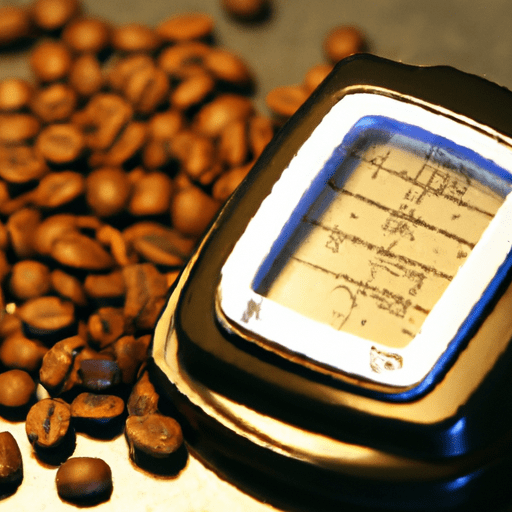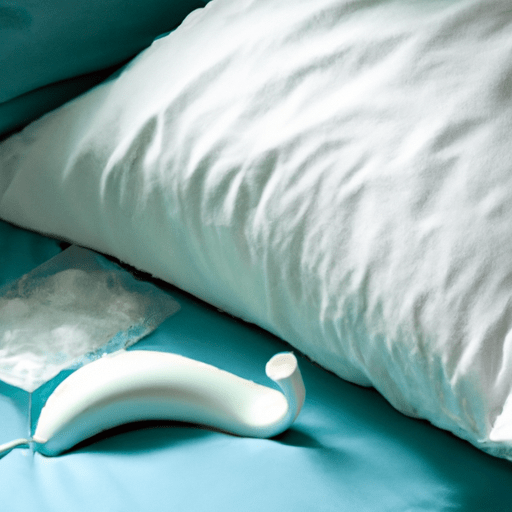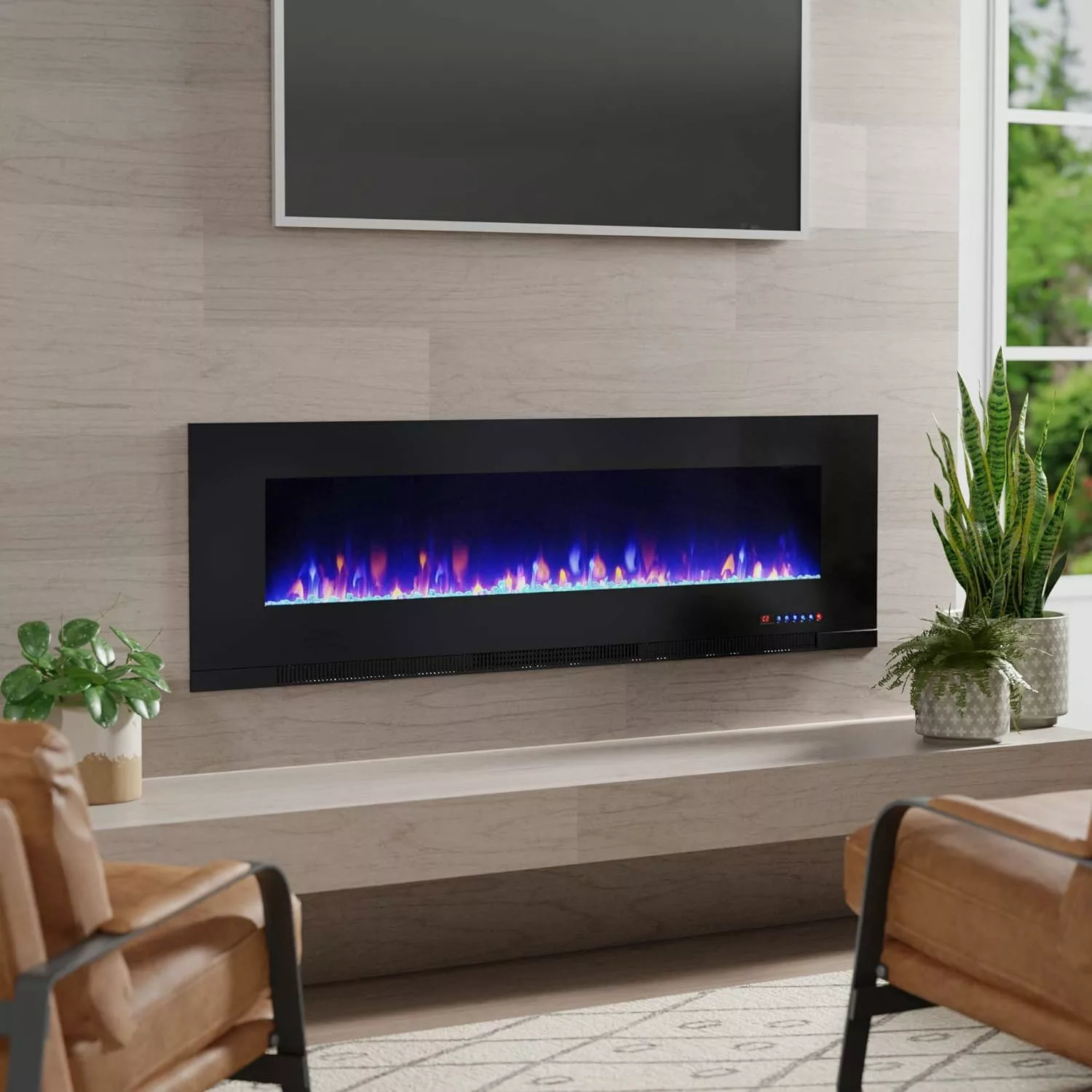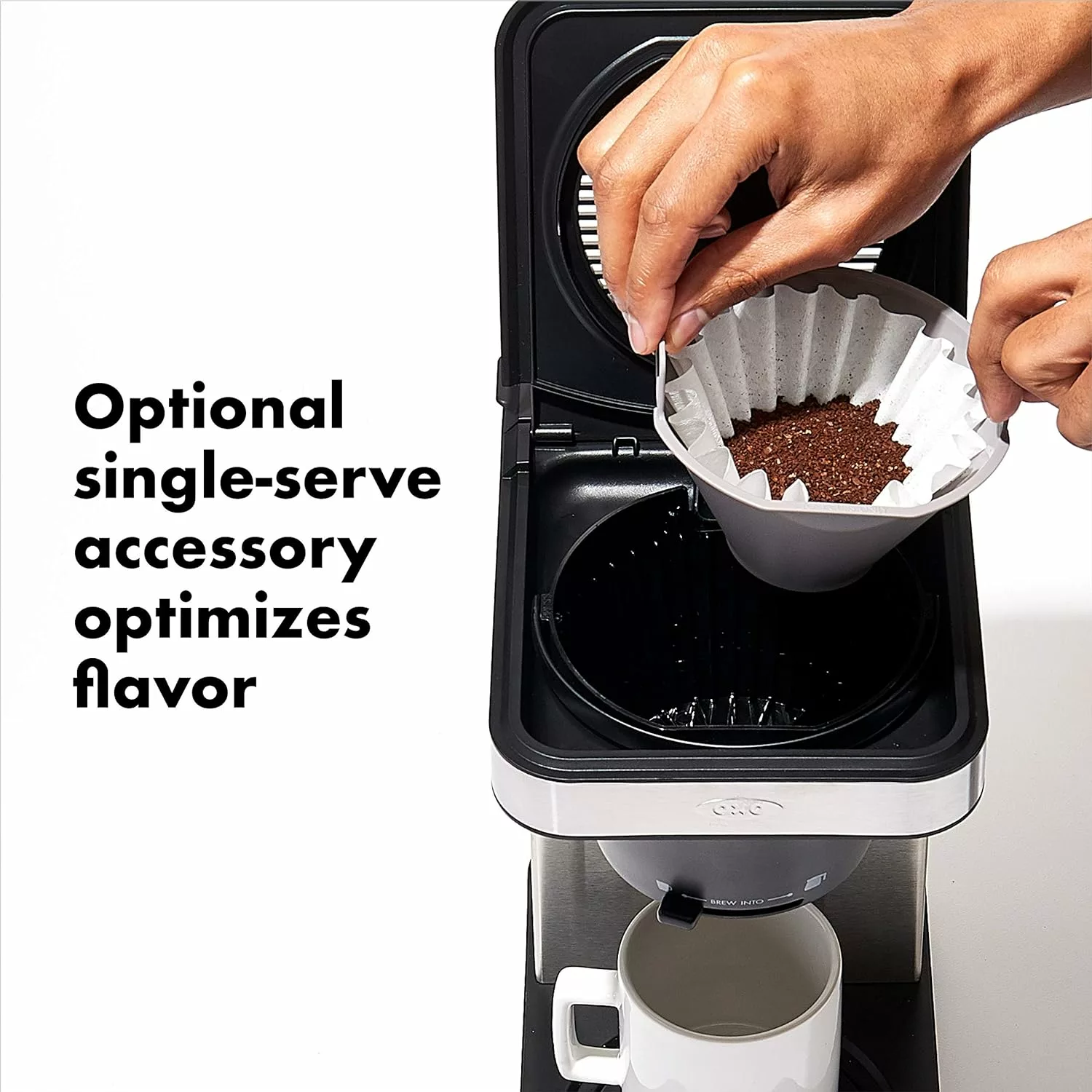Whether you’re hosting a brunch or just want to ensure you have enough coffee to last through the morning, calculating the perfect amount for 12 cups can sometimes be a little tricky. Fear not, as we’re here to help guide you through the process! In this article, we’ll explore different measurements and factors to consider when determining how much coffee you’ll need to satisfy everyone’s caffeine cravings for that perfect 12-cup brew. So grab your coffee calculator, and let’s dive into the world of precise coffee measurements!

This image is property of images.unsplash.com.
Understanding the Standard Coffee Cup Size
The average coffee cup measurement
When it comes to coffee, the cup size can vary depending on where you are and what type of coffee you’re enjoying. However, the standard coffee cup size is generally considered to be around 8-ounce (237 ml) capacity. This is the size that most coffee shops and cafes use as a reference when serving their customers. Keep in mind that this standard size may differ from country to country, so it’s always a good idea to check the specific measurement in your region if you’re unsure.
Difference between a coffee cup size and a regular cup
It’s important to note that the coffee cup size is not the same as a regular cup used for measuring ingredients in cooking or baking. While a regular cup typically measures around 240 ml, a coffee cup is slightly smaller, usually measuring around 8 ounces (about 237 ml). This difference is crucial when it comes to determining the coffee-to-water ratio and ensuring that you achieve the desired strength and flavor in your brew.
Basics of Coffee-to-Water Ratio
Overview of the golden ratio for brewing coffee
The coffee-to-water ratio is one of the most fundamental aspects of brewing a perfect cup of coffee. The golden ratio, which is widely accepted by coffee enthusiasts, suggests using 1 to 2 tablespoons of coffee for every 6 ounces (about 177 ml) of water. This ratio provides a well-balanced and flavorful cup of coffee. However, it’s essential to remember that personal preferences may vary, and you can adjust the ratio according to your taste.
Difference between strong and weak coffee
Determining the strength of your coffee depends on the amount of coffee used in proportion to the water. If you prefer a stronger brew, you can increase the coffee-to-water ratio by adding more grounds per cup. On the other hand, if you prefer a milder flavor, you can decrease the amount of coffee used per cup. Experimentation is key when finding the perfect balance for your taste buds.
How to Measure Coffee
Measuring coffee using a kitchen scale
For precise and consistent measurements, using a kitchen scale is highly recommended. Simply place your container on the scale, tare it to zero, and then add your desired amount of coffee. This method ensures accuracy and helps you maintain consistency in your brewing process. Additionally, if you’re following a specific recipe, a kitchen scale is essential in achieving the intended flavor profile.
Measuring coffee using tablespoons or scoops
If you don’t have access to a kitchen scale, you can still measure coffee using tablespoons or scoops. A general guideline is to use one tablespoon of coffee per 6 ounces (about 177 ml) of water. However, scoops can vary in size, so it’s always a good idea to refer to the specific coffee scoop provided by your coffee manufacturer or use a standardized scoop. Remember to level off the scoop to ensure consistent measurements.
Calculating Coffee Amount for 12 Cups: Traditional Brew
Determining the coffee amount for standard brew
To calculate how much coffee you need for 12 cups, you can use the golden ratio as a starting point. Since there are approximately 6 ounces of water in a cup, multiply 6 by 12 to get the total number of ounces needed, which is 72 ounces (about 2.13 liters). Following the golden ratio, you would use 1 to 2 tablespoons of coffee for every 6 ounces of water. For simplicity, let’s assume you prefer a 1:15 ratio. Multiply 72 by 15, which equals 1080, and then divide it by 15, resulting in approximately 72 tablespoons of coffee (or about 450 grams). Adjust the quantity based on your desired strength.
Considerations for the coffee-to-water ratio
While the golden ratio is widely used and provides a good starting point, it’s essential to consider personal preferences and taste preferences when determining the coffee-to-water ratio. Some people enjoy a stronger brew and may prefer a higher ratio of coffee to water, while others prefer a milder taste and may opt for a lower ratio. Feel free to experiment and adjust the ratio to find the perfect balance that suits your palate.

This image is property of images.unsplash.com.
Adjusting Coffee Amount for Coffee Strength Preferences
Increasing coffee amount for stronger brew
If you prefer a stronger coffee, you can increase the amount of coffee used when brewing. As mentioned earlier, the golden ratio suggests using 1 to 2 tablespoons of coffee per 6 ounces of water. For a stronger brew, you can lean towards the higher end of this range or even exceed it slightly. Adding an extra teaspoon or tablespoon of coffee per cup can make a noticeable difference in strength, intensifying the flavor to your liking.
Decreasing coffee amount for lighter brew
Conversely, if you prefer a lighter and less intense coffee flavor, you can decrease the amount of coffee used. Opting for the lower end of the golden ratio, or even using slightly less than recommended, will result in a milder cup of coffee. This adjustment allows for more balance between the coffee and water, creating a beverage that is smoother and less overpowering in taste.
Using Different Types of Coffee
Factoring coffee type into the calculation
When calculating the coffee amount for brewing, it’s important to consider the type of coffee you’re using. Different types, such as ground coffee and whole bean coffee, have varying levels of density, moisture content, and grind consistency. These factors can affect the amount of coffee needed to achieve your desired flavor profile. For example, whole bean coffee generally requires more volume compared to pre-ground coffee due to its lower density. Keep this in mind and make adjustments accordingly.
Ground coffee vs whole bean coffee
Ground coffee is commonly used for convenience as it eliminates the need for grinding beans. However, it’s worth noting that ground coffee tends to have a shorter shelf life and may lose some of its flavor and aroma over time. On the other hand, whole bean coffee offers a longer shelf life and the ability to grind the beans fresh, enhancing the overall taste experience. Whichever type you choose, remember to account for the differences in volume and adjust your measurements accordingly.

This image is property of images.unsplash.com.
Considerations for Different Brewing Methods
Coffee amount for French press
When using a French press, the coffee-to-water ratio is slightly different from other brewing methods. A rough guideline is to use a ratio of 1:15, which means one part coffee to fifteen parts water. For a 12-cup French press, you would use approximately 72 tablespoons of coffee (or about 450 grams) and 1080 ounces (about 2.13 liters) of water. However, feel free to adjust the coffee amount according to your taste preferences and the strength of the beans you’re using.
Coffee amount for drip coffee method
For the classic drip coffee method, the golden ratio remains a reliable reference. Following the standard ratio of 1 to 2 tablespoons of coffee per 6 ounces (about 177 ml) of water, you can easily calculate the coffee amount for 12 cups. Multiply 6 by 12 to get the total number of ounces needed (72 ounces or about 2.13 liters), then apply the ratio to determine the desired coffee quantity. Adjustments can be made based on your personal taste preferences.
Coffee amount for pour-over method
The pour-over method is known for its precision and versatility. To calculate the coffee amount for a pour-over brew, you can follow the golden ratio or make slight adjustments depending on your preference. Generally, a ratio of 1:15 is recommended. Find the total number of ounces needed for 12 cups (72 ounces or about 2.13 liters), and then use the ratio to determine the amount of coffee required. Feel free to experiment and alter the ratio to suit your taste.
Influence of Coffee Grind Size
How grind size affects coffee quantity
The grind size of your coffee beans plays a crucial role in the extraction process. Finely ground coffee has a greater surface area, resulting in faster extraction and a stronger cup of coffee. Conversely, coarsely ground coffee requires more time for extraction and produces a milder brew. It’s important to note that grind size can impact the quantity of coffee needed. Finely ground coffee may require less volume due to its increased density, while coarser ground coffee may require more volume.
Choosing the right grind size for your brewing method
To achieve the best results, it’s important to use the correct grind size for your chosen brewing method. For example, a fine grind is suitable for espresso machines, while a medium grind works well for drip coffee makers. French press brewing calls for a coarser grind to prevent sediment from seeping into the final cup. Adjusting the grind size to match your brewing method ensures optimal extraction and enhances the overall flavor and aroma of your coffee.
Troubleshooting Coffee Brew
Dealing with a brew that’s too bitter or sour
If your coffee tastes too bitter, it may be a result of over-extraction caused by using too much coffee or a too-fine grind. Adjustments can be made by decreasing the coffee amount or using a coarser grind to reduce the extraction time. On the other hand, if your coffee tastes sour, it may indicate under-extraction. Increasing the coffee amount or using a finer grind can help in this case. Remember, finding the right balance is a matter of trial and error, so don’t be afraid to experiment and adjust accordingly.
Adjusting coffee amount for better flavor
The coffee amount used directly affects the overall flavor profile of your brew. Should you find that your coffee lacks flavor or tastes weak, increasing the coffee-to-water ratio by adding more grounds can help intensify the taste. Conversely, if your coffee tastes too strong or overpowering, reducing the coffee amount allows for a milder and more balanced flavor. As preferences vary, it’s important to experiment and adjust the coffee quantity to achieve your desired taste.
Maintaining Consistent Coffee Brew
Importance of a consistent brewing method
Consistency is key when it comes to brewing a delicious cup of coffee. By maintaining a consistent brewing method, you can replicate your desired results time and time again. This includes using the same coffee-to-water ratio, grind size, and measurement technique. Keeping track of the details and being mindful of the variables involved ensures that each cup of coffee you brew is as satisfying as the last.
Re-evaluating measurements and ratios over time
While consistency is essential, it’s also important to reassess your measurements and ratios from time to time. Tastes change, and personal preferences evolve. As you continue your coffee journey, don’t hesitate to experiment and adjust the coffee amount, water ratio, and other variables to suit your evolving palate. What once satisfied your taste buds may no longer do so, and by re-evaluating your brewing process, you can discover new flavors and experiences along the way.
In conclusion, understanding the standard coffee cup size, mastering the coffee-to-water ratio, and accurately measuring the coffee amount are all crucial steps in brewing the perfect cup of coffee. By considering the type of coffee, adjusting the coffee quantity for strength preferences, and understanding the nuances of different brewing methods, you can elevate your coffee brewing skills and tailor each cup to your liking. Don’t be afraid to experiment, embrace your personal preferences, and enjoy the journey of discovering your own favorite cup of coffee. Cheers!




